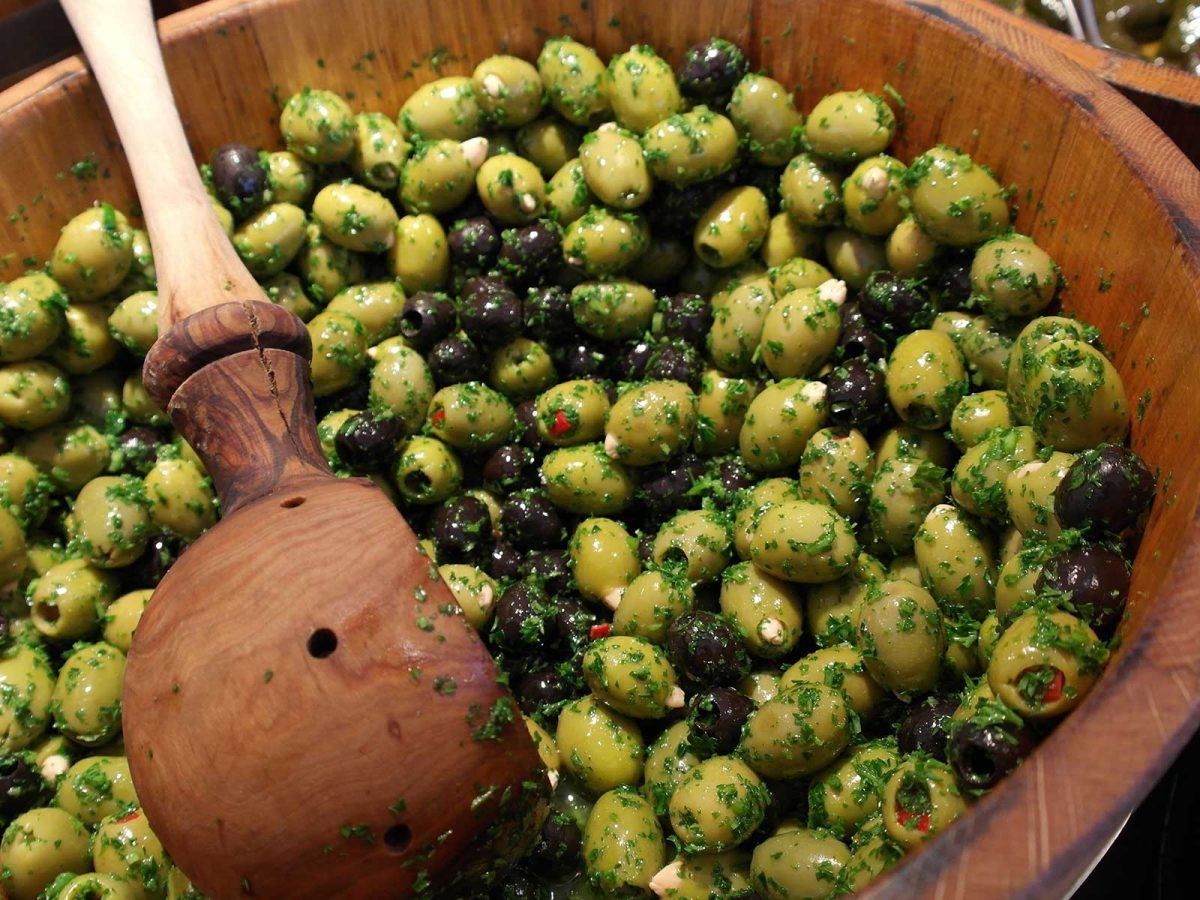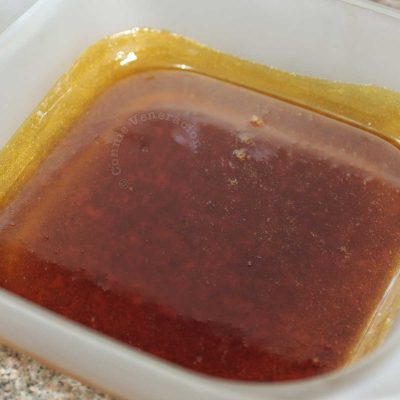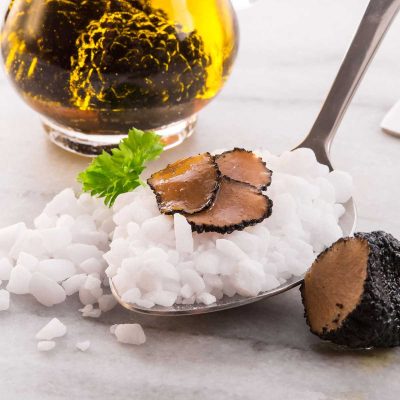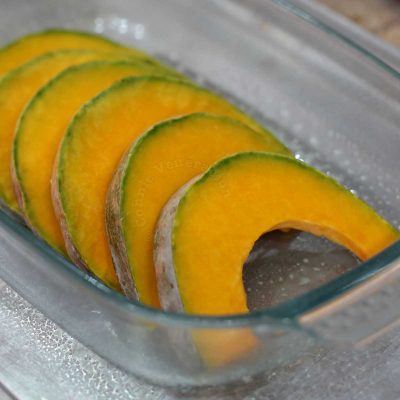What most people do not know is that the sourness and saltiness are the result of fermentation and curing. In its raw state, the olive is hardly palatable. It has to be soaked in brine or undergo some other form of curing in order to make it palatable.
What is the difference between green and black olives?
In the market, you’ll find green and black olives. They are often packed in jars and soaked in liquid.
Green olives are picked before the ripening begins. Black olives are picked after ripening. There is an exception though but more on that later.
Semi-ripe olives range from red to brown
Although most jars of olives in the grocery contain green or black olives, there are thesemi-ripeor “in-between” olives picked after the ripening process has begun but before they are fully ripe.
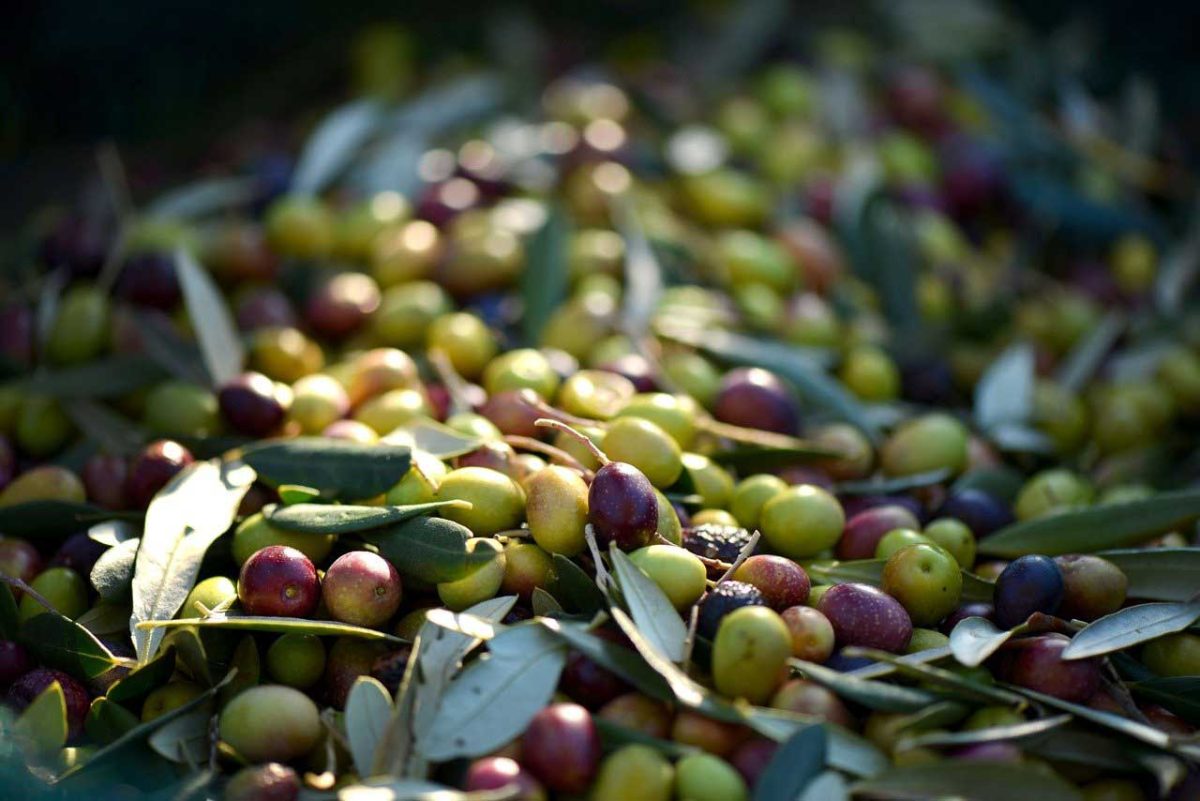
The colors of these olives vary depending on when exactly they were harvested.
Why do olives change color? They accummulateanthocyaninas they ripen.
Does the color of the olive affect the taste?
If you’re talking about olives picked right off the tree, the answer would be yes. But if you’re talking about olives in jars that land in out kitchens, the flavor of the olive, irrespective of color, is more affected by curing and processing than color.
How olives are “cured”
It’s a process of fermentation which can be a short as a few days (using lye) to several months (with salt or brine).
Some black olives are just “treated” upripe olives
As has been mentioned, real black olives are tree-ripened. Be wary though that not all black olives sold in the grocery are tree-ripened.
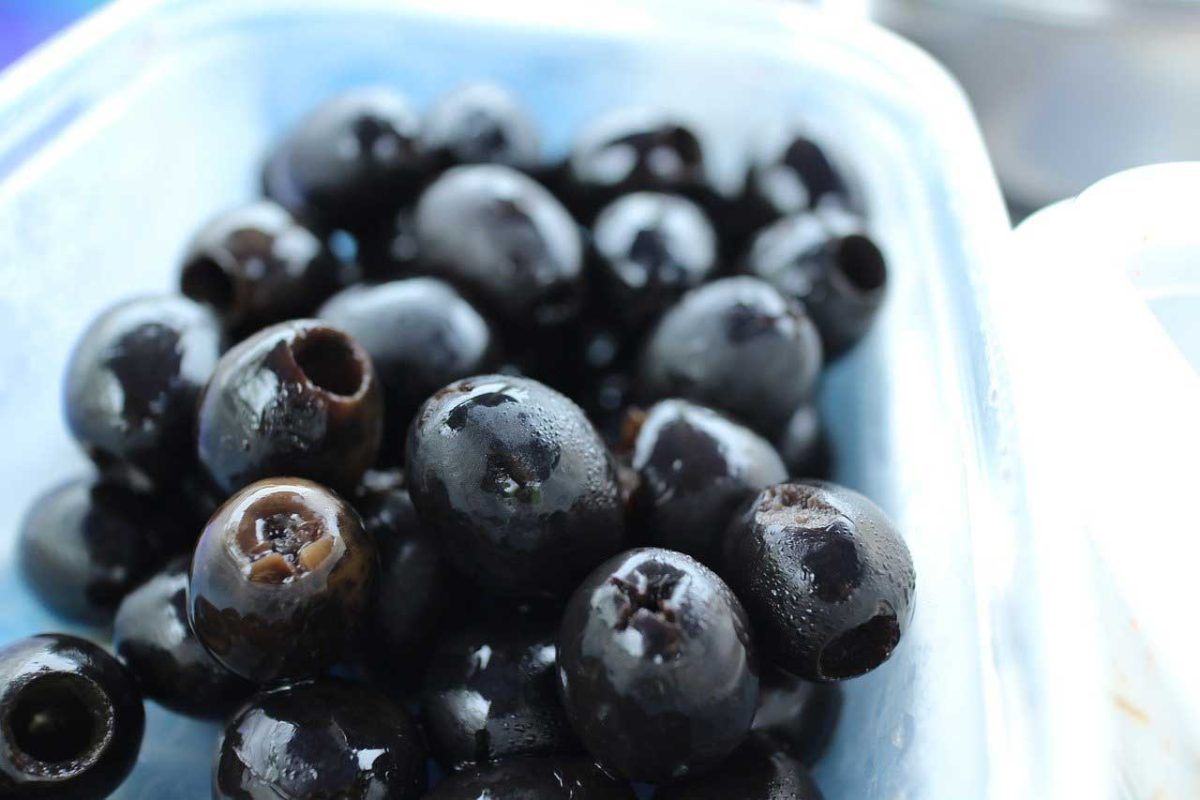
Black olives, though labeled as “ripe” on supermarket cans, actually aren’t: these, a California invention, are green olives that have been cured in an alkaline solution, and then treated with oxygen and an iron compound (ferrous gluconate) that turns their skins a shiny patent-leather black.
The Bitter Truth About Olives” in National Geographic
California “black olives” are also the only commercially sold olives that did not undergo fermentation. The “alkaline solution” used in curing is lye in which the olives are soaked. “Treated with oxygen” means the olives are injected with compressed air. Repeating these two processes over and over until the lye has soaked through the pit of the olive turns it black.

